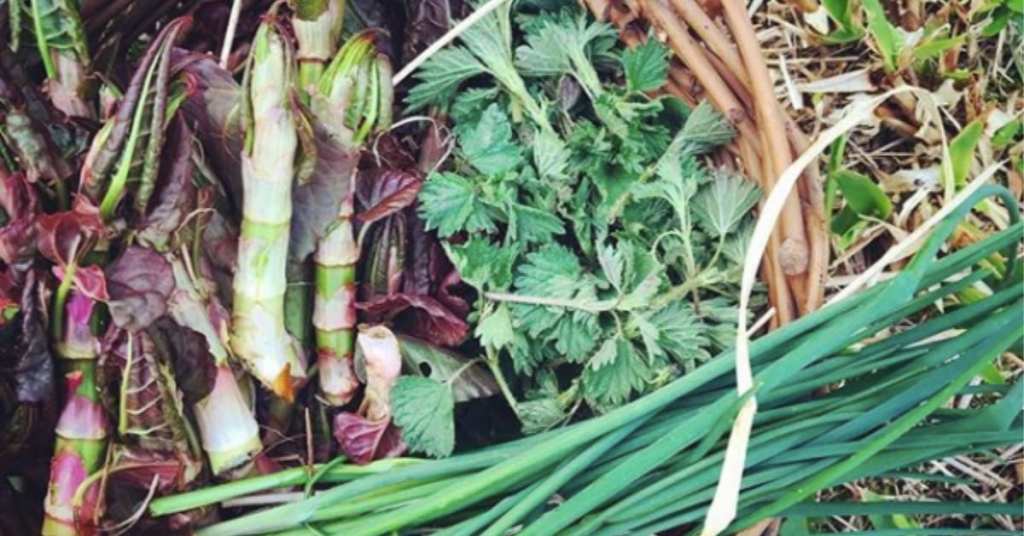Trending Now
No, not that weed, y’all, come on – we already know it’s edible (wink wink nudge nudge). There are other “weeds” in your yard and in our common areas that can be eaten if one likes delicious plants and enjoys foraging for one’s own dinner.
The idea is becoming more and more popular as chefs and foragers post with hashtags like #wildfoodlove, and people are starting to realize that they might be paying for weeds in restaurants that they could have pulled from their backyards.
Here are 10 of them, just for fun.
10. Pokeweed (Phytolacca americana)
This prolific, indigenous plant was eaten by Native Americans and is sometimes called poke sallet in the South.
You cannot eat it raw, but when blanched in boiling water, the shoots are yummy.
It is toxic to humans and animals alike when not cooked properly.
9. Wintercress (Barbarea verna & B. vulgaris)
https://www.instagram.com/p/BTeXI-chH6g/
You’ve probably heard of (and eaten) watercress, which is a later season version of this plant, which looks and tastes a bit like arugula.
The plants tender, yellow flowers and stems are really delicious.
8. Field garlic (Allium vineale)
https://www.instagram.com/p/B_QLsnLnpWF/
Lawn chives or wild garlic is sold in bunches these days at farmer’s markets, and the smaller versions of native ramps or the garlic you buy in the store are just as flavorful.
7. Autumn olive (Elaeagnus umbellata)
https://www.instagram.com/p/B1C6aRSgCNe/
The sour crimson fruits of autumn olive (or autumn berries) are as tart as red currants and good used in similar ways.
6. Garlic mustard (Alliaria petiolata)
https://www.instagram.com/p/B-gDC7xj0Ro/
You can eat every last bit of this plant, and with roots that resemble horseradish, leaves that taste like garlicky broccoli rabe, and yummy late-spring buds, why would you not?
5. Burdock (Arctium lappa)
https://www.instagram.com/p/B9mZ3w0gUTR/
Peeled burdock stems are widely prized.
You can eat them raw and dipped in things like hummus or you can braise them and cook them slow, like a starchy vegetable.
4. Japanese knotweed (Reynoutria japonica)
https://www.instagram.com/p/BiXOqU_g0bT/
This invasive plant is as delicious as it is annoying.
It’s spring shoots resemble asparagus in looks, but rhubarb or sorrel in taste.
You can use it raw or cooked, and it works well in dishes that need a sour boost.
3. Chickweed (Stellaria media)
https://www.instagram.com/p/BxHzXBwgQlf/
People gravitate toward its nutty corn silk flavor, and it’s best eaten raw on a sandwich or as a bed of greens for seafood.
2. Mugwort (Artemisia vulgaris)
https://www.instagram.com/p/B–duhwD64d/
Aside from sounding like it belongs in a Hogwarts potions class, this weed has a sage-like fragrance and are delicious fried like tempura.
1. Dandelions (Taraxacum officinale)
https://www.instagram.com/p/BhPA3mchnD8/
Dandelions are popular in everything from salad to tea, so maybe stop hating on the ones in your yard so much!
Remember, if you are not educated on edible weeds, take care. Some of these may closely resemble plants that are harmful to humans, so if you’re not 100% sure, don’t eat it. Please.
Have you tried and discovered that you liked any of these? Share with us in the comments!






